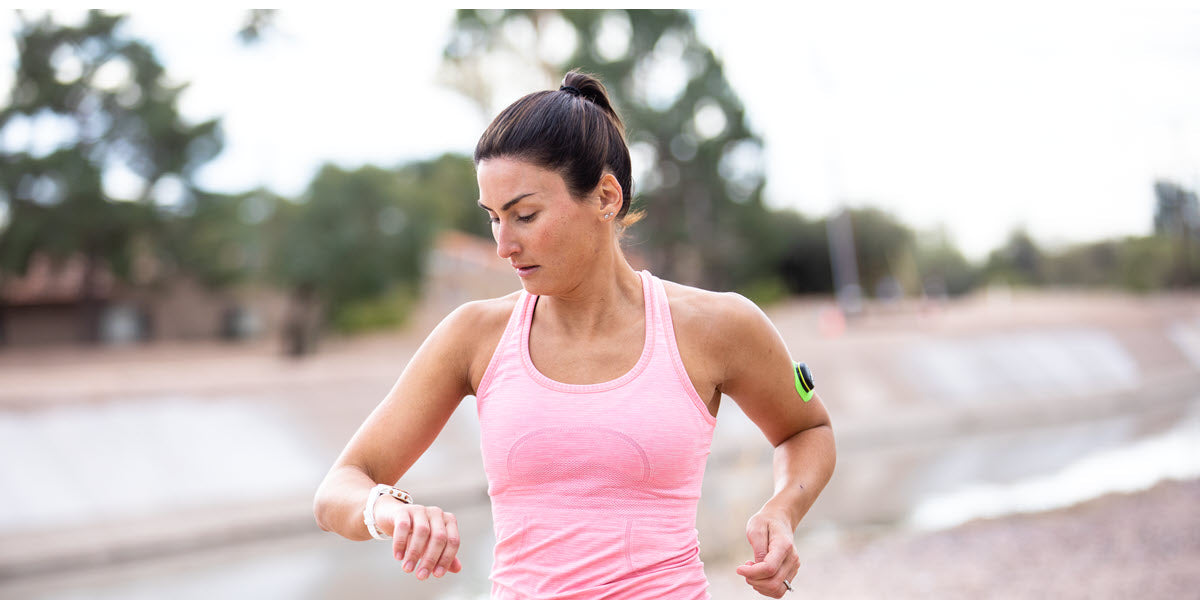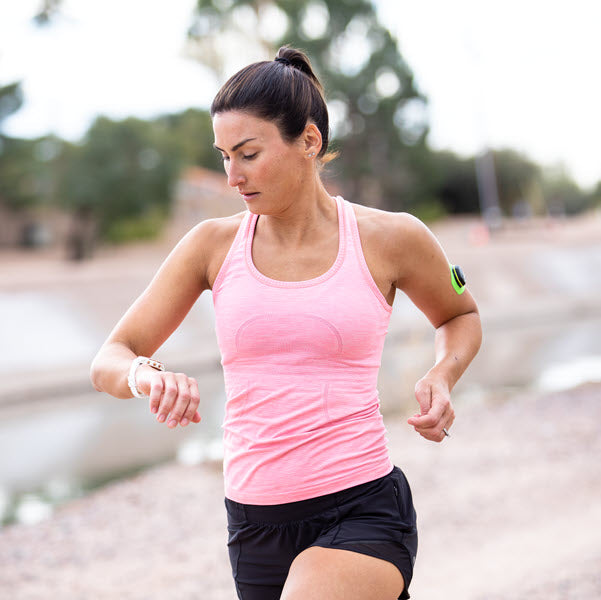written by: Colby Connell
Because athletes don’t have a way of effectively monitoring their hydration status during a workout, they often misunderstand how easily and quickly it can occur.
Managing hydration is complicated by a high degree of variability in sweat rates. It is obvious that each individual sweats at a different rate based on individual factors like gender, body mass and fitness level, among other factors. But for any individual athlete there are a number of additional variables that impact sweat rate from weather conditions to the intensity of the workout, to the amount and types of clothing or equipment worn. The same athlete can have different sweat rates for the same activity on any given day.
Given the lack of a consistent, reliable hydration management system, people must rely on difficult, unfeasible or unreliable hydration methods.
Blood or Urine Analysis
Analyzing hydration status through a blood or urine hydration test while engaged in activity is not feasible.
Urine Color Test
A simple and common test for hydration status is a visual check of urine color. While dark colored urine is certainly one indication of potentially being dehydrated and clear urine can be a sign of a hydrated state, this method is often unreliable and is latent in its indication.
Nude Body Mass
It is possible to manage hydration by calculating the athlete’s sweat rate for a given activity by weighing one’s self nude before and after, calculating fluid loss via change in body weight, accounting for all fluids consumed during the activity, and converting the difference in weight to the corresponding volume of water. Then that number is divided by the time duration of the activity. If that sounds complicated, it’s because it is. Another problem with this method is that sweat rates vary from day to day based on a number of variables. Sweat rates also do not take into consideration electrolyte loss. Some people are “salty sweaters” while others have lower electrolyte losses. Managing hydration properly requires monitoring of both fluid and electrolyte balances.
Fluid Guidelines
A simple Google search will give athletes a wide generic range for fluid consumption over a given period of activity. Recommendations also often contradict each other: should a given athlete consume 3 to 6 ounces every 15 minutes? Or 8 to 12 ounces every 10 minutes? These wide ranges of recommendations and conflicting advice are confusing and ultimately not reliable.





